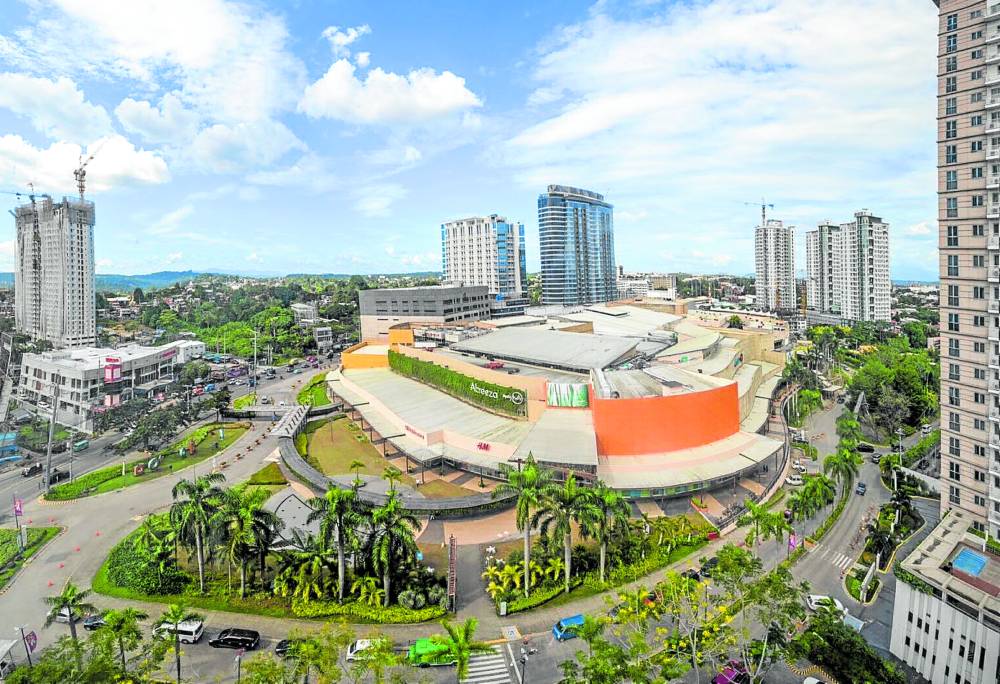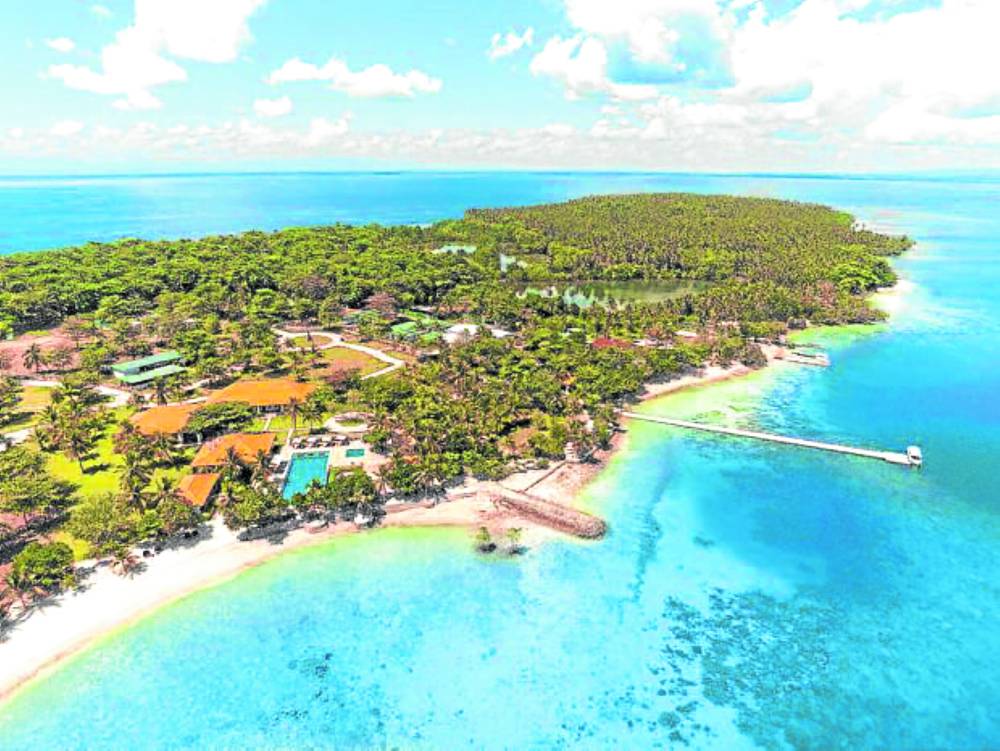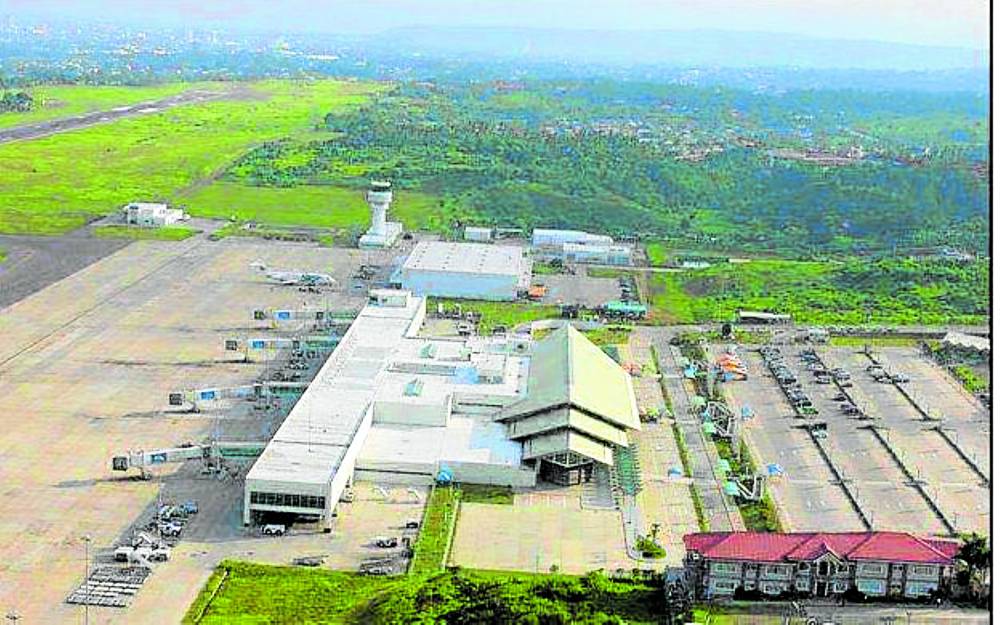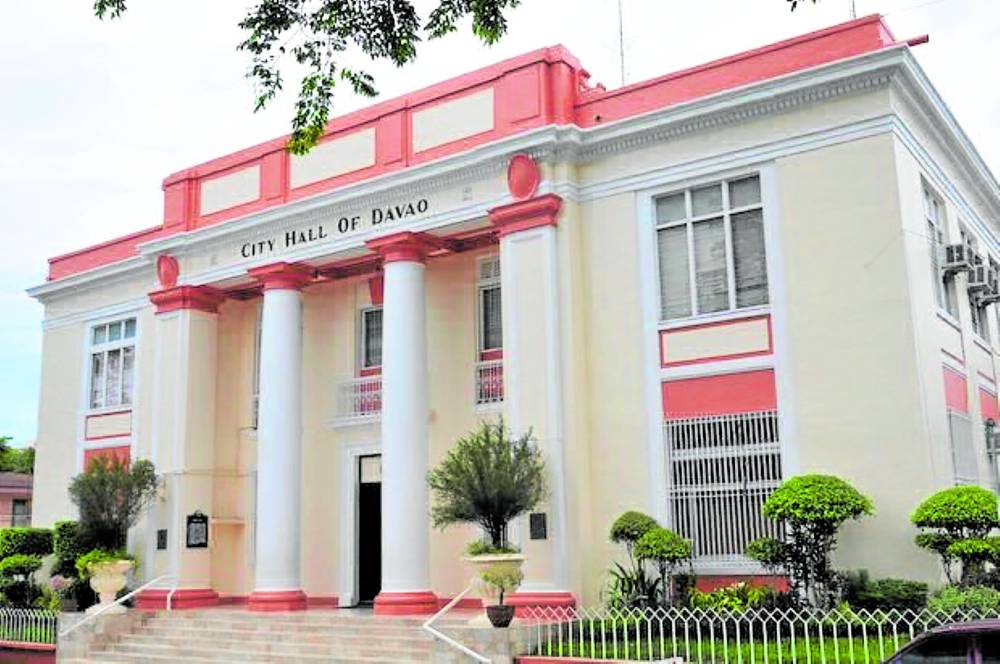The ideal home called Davao City
From its wide range of fusion dishes to countless options of natural attractions, many would envision Davao as the ideal destination for a getaway. Dive past these wonderful offerings and you will see a city you can comfortably call your home.
A city sitting on spanning lands
Filipinos frequently cite Davao City alongside the country’s important metropolises like Metro Manila and Cebu. The common denominator is the rampant urban development these areas are experiencing. However, Davao City’s booming real estate potential surpasses Metro Manila and Cebu as it embodies the characteristics of a global city.
With a total land size of 2,444 square kilometers, Davao City continues to have a large number of potential sites for real estate development despite current upgrades. As businesses become aware of this, the city continues to welcome new real estate and infrastructure initiatives, making it an ideal location for investments.
Davao strategically connects to the rest of the world
Conveniently located in southeastern Philippines, Davao City possesses significant air, sea, and land linkages connecting it to the rest of the Philippines and the world. The Philippine-Japan Friendship highway holds the city’s major transport route for goods and people. In contrast, the new Davao International Airport is considered one of the busiest airports in the Philippines right now, with daily flights to various destinations.
For residents who regularly travel overseas, the city is also hailed as the gateway to the sub-regional trade bloc called the East ASEAN Growth Area (EAGA), making flights to nearby countries such as Singapore and Indonesia a breeze.
Ideal weather all-year-round
Due to the country’s location inside the Pacific Ring of Fire, its susceptibility to typhoons and other natural disasters became a significant design factor when structures, particularly dwellings, were designed. However, Davao City sets itself apart from the rest of the country with its advantageous position in a storm-free zone. Its deep spot in the Davao Gulf protects the city from the destructive forces of nature.
Aside from residential construction, this also makes the city an ideal investment location for agriculture, business, and other major industries.
A foundation built on a strong economy
Business and employment are among the fundamental driving forces when it comes to choosing a place to live. Several concepts and theories demonstrate this requirement that pioneering urban planners developed over the years.
With Davao City considered as Mindanao’s direct trade and industry hub, it is home to several enterprises, including manufacturing and business process outsourcing (BPO). As economically advantageous as this may seem, the same elements may make house buying challenging. Homeowners strive to strike the appropriate mix between logistically easy living and a peaceful location away from the hustle and bustle. Residents who prefer to have everything within their reach can opt for a wide variety of mixed-use residential condominiums in Davao City located at significant city centers such as Abreeza Place, Northpoint Davao, and Magallanes Residences.
For those who prefer an excellent division between work and home, gated residences such as Northcrest Subdivision, Villa Alevida Subdivision, and Villa Senorita Subdivision are only among the many options.
A safe space to live and explore
Apart from its beauty, economy, and location, what completes Davao City as an ideal place to live in is its high regard for safety and security. According to the online real estate marketplace Lamudi, Davao City has been routinely ranked as one of the calmest and most livable cities in Southeast Asia in 2016.
A city bounded by sustainability

Davao City’s booming real estate potential surpasses Metro Ma- nila and Cebu as it embodies the characteristics of a global city.
Under Davao City’s Comprehensive Development Plan for 1996-2021, its core priorities include peace and order, health, environment, education, and social services, shelter, livelihood, infrastructure, agriculture and fishery development, investment and tourism, revenue enhancement, sports development, and good governance. This vision comes as no surprise as the Crown Jewel of Mindanao’s thriving business climate, economy, natural resources, and infrastructure make it a potential hotspot for real estate and property development for the years to come.
The author (www.ianfulgar.com) assists local and international clients in developing extraordinary landmark property development projects focusing on hospitality, residential condominium towers, museums, commercial, and mixed-use township developments, all with an eye toward the meta-modern in the next generation of Philippine architecture




